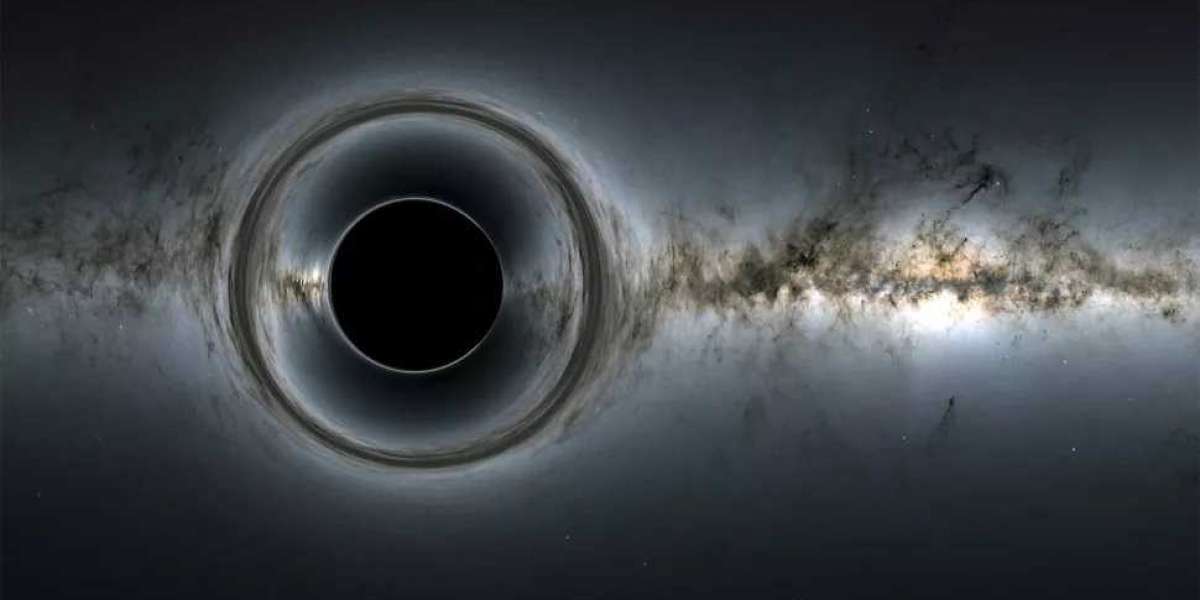According to a new study, astronomers may have identified and measured the mass of an isolated stellar-mass black hole for the first time.
Previous study revealed that when huge stars with masses greater than 20 times that of the Sun reach the end of their lifetimes, they usually perish in supernova explosions, with their dense cores collapsing to form black holes.
According to research lead author Kailash Sahu, an astronomer at the Space Telescope Science Institute in Baltimore, stars large enough to generate black holes make up around one out of every thousand stars, implying that "there should be about 100 million stellar-mass black holes" in the Milky Way. (Supermassive black holes are millions of billions of solar masses enormous, whereas stellar-mass black holes are a few times the mass of the sun.)
Until now, all stellar-mass black holes discovered had been in binary systems with neutron stars as partners. The majority of the Milky Way's stellar-mass black holes, on the other hand, should be singletons, according to Sahu.
"Nobody has ever been able to find an isolated black hole," according to Sahu. Black holes, as their name implies, absorb all light that falls into them, making them impossible to detect in the darkness of space. In binary systems, black holes are easier to detect because their interactions with their companions can emit light or gravitational waves, which have features that indicate the presence of a black hole. Isolated black holes, on the other hand, lack such companions to aid in the discovery of their existence.
Scientists have identified an isolated stellar-mass black hole some 5,150 light-years away from Earth, in the direction of the Milky Way's bulge, with the help of NASA's Hubble Space Telescope.
"We now know that isolated black holes exist," Sahu said. "And they have masses similar to the black holes found in binaries. And there must be lots of them out there."
The key to understanding how tremendous gravitational forces, such as those found in black holes, distort the fabric of space and time is to understand how powerful gravitational fields, such as those found in black holes, warp the fabric of space and time. As a result, a phenomenon known as "gravitational lensing" can cause them to serve as magnifying glasses.
"If one can detect and measure the bending of light caused by these massive objects, it's possible to detect them and measure their masses," Sahu said.



